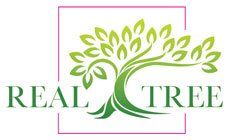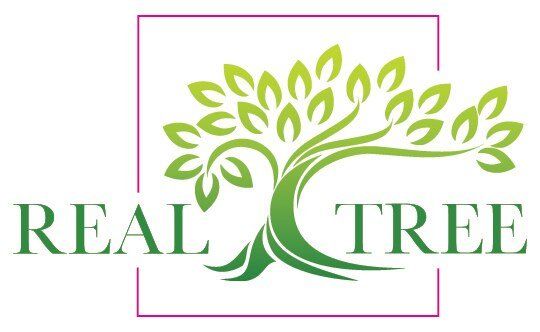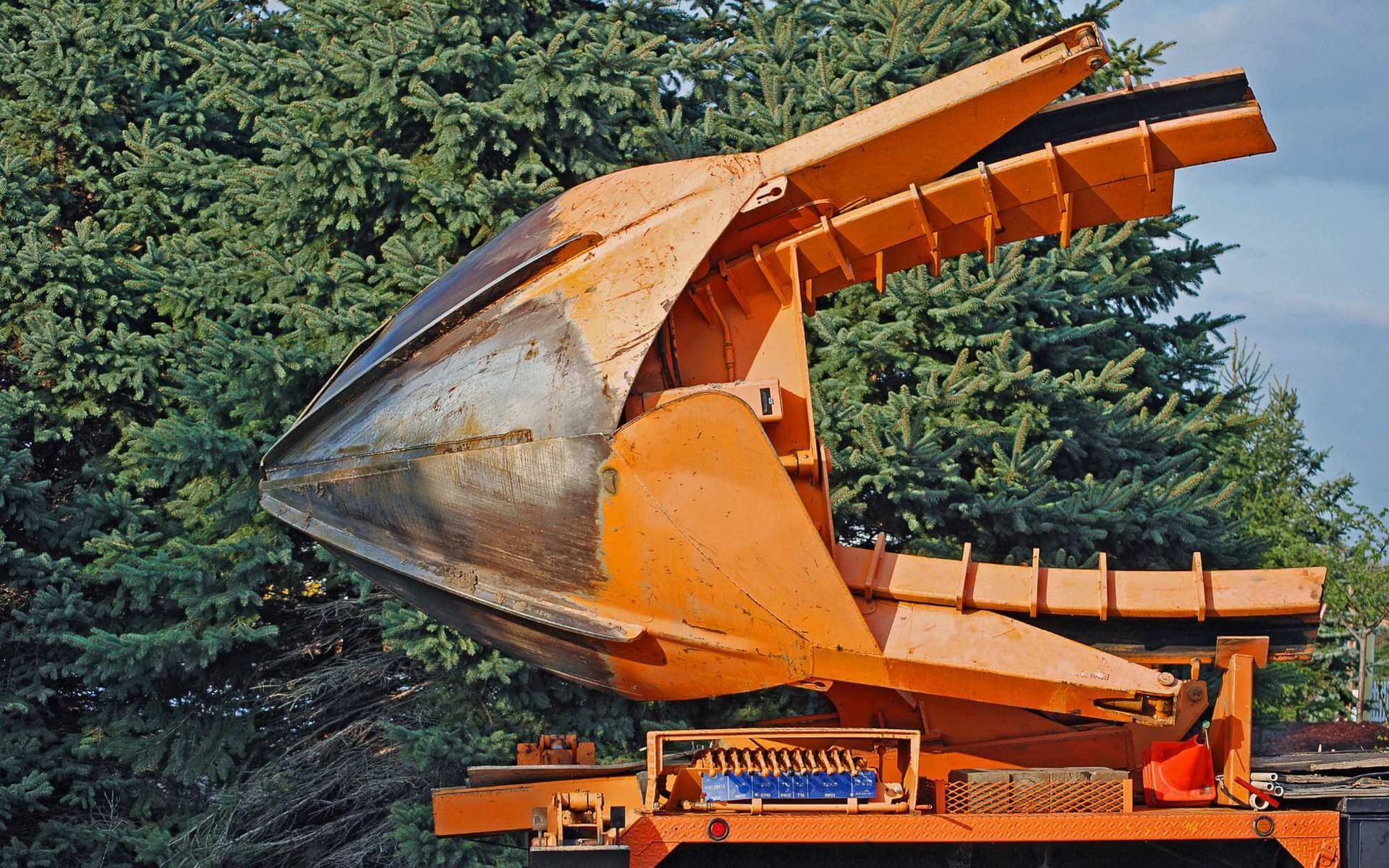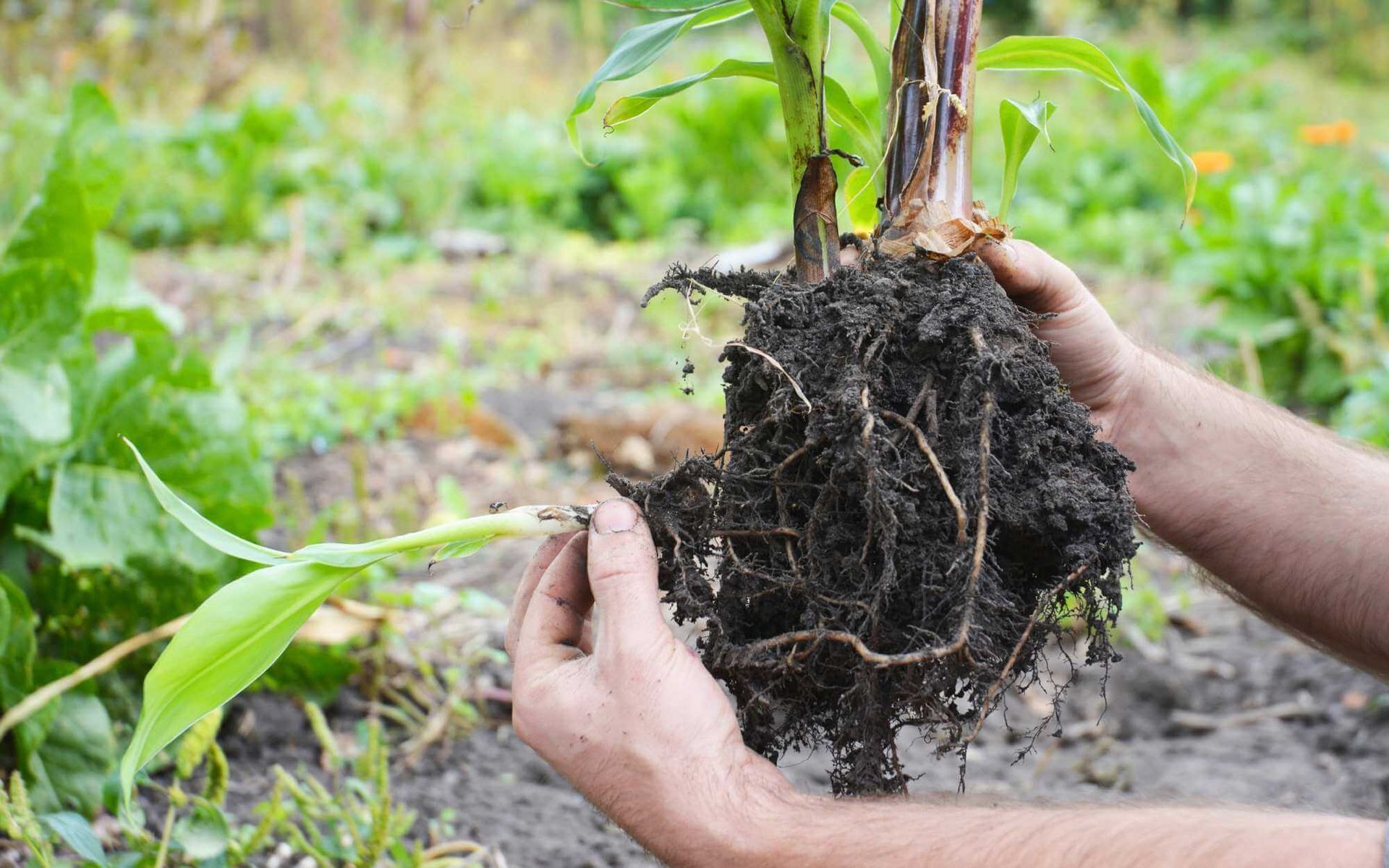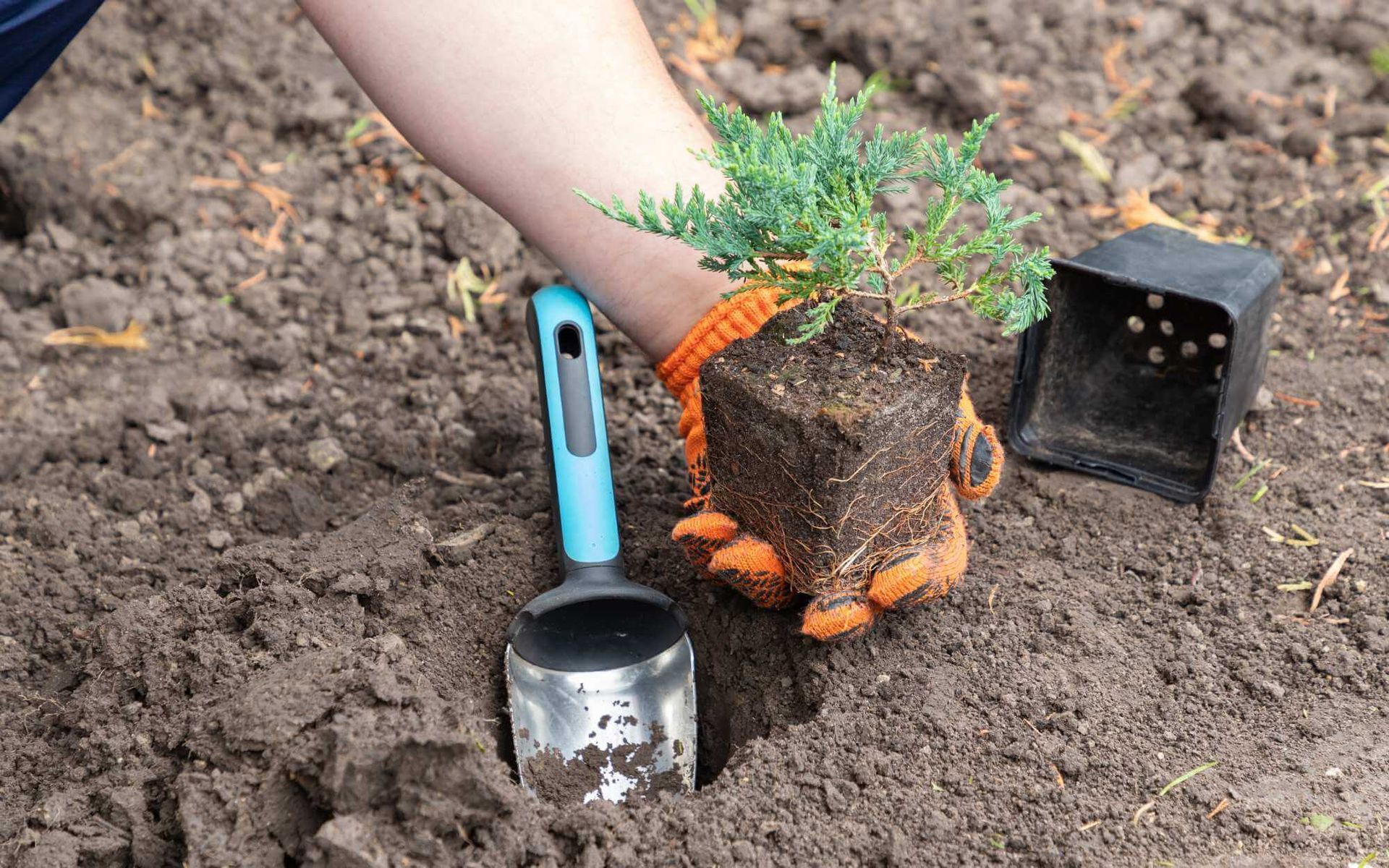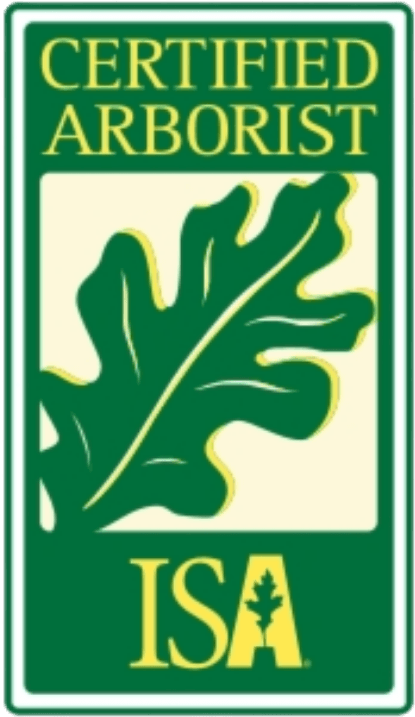Unveiling Tree Health: In-Depth Assessment by Arborists
PUBLISHED ON
SHARE THIS ARTICLE
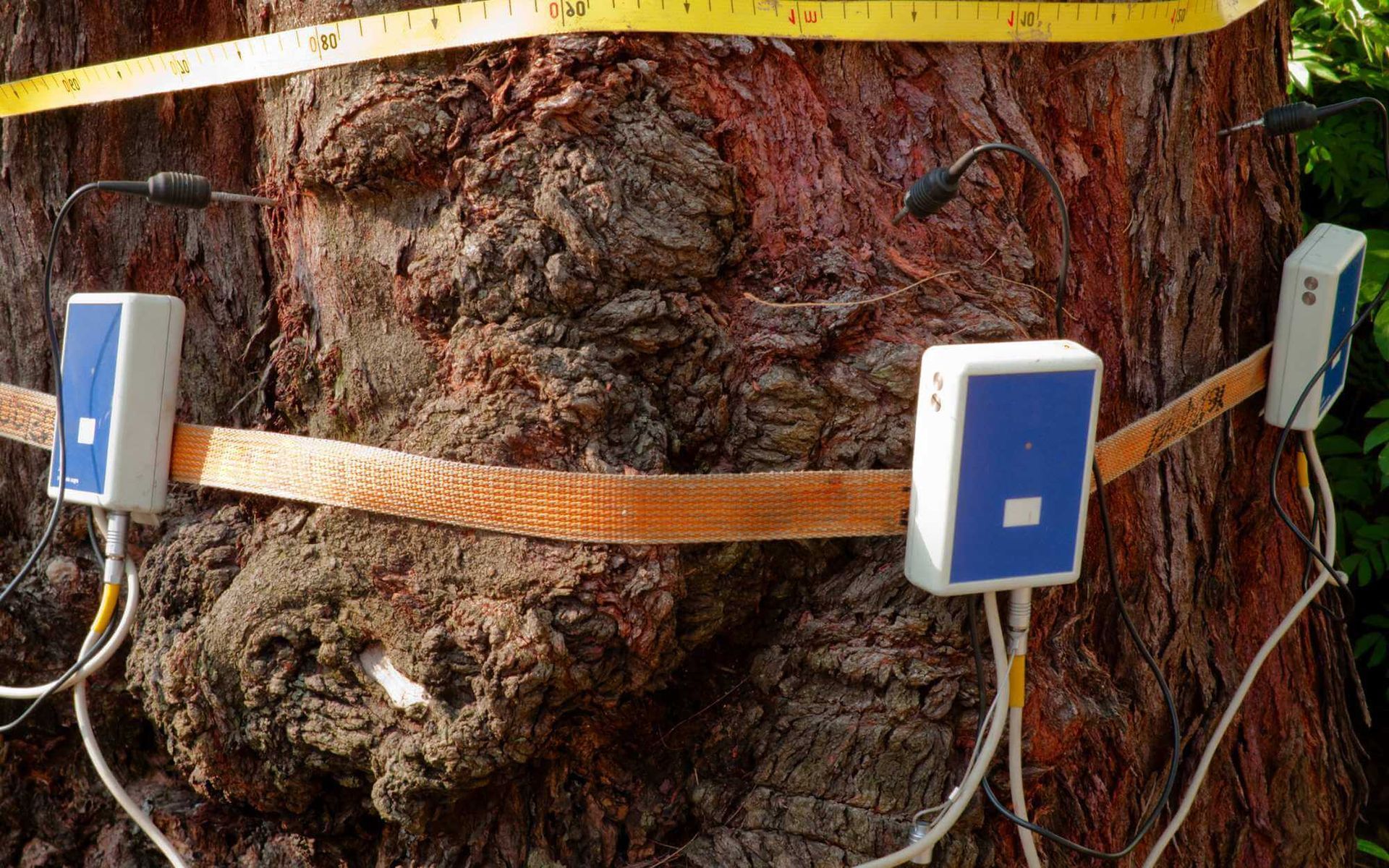
Trees, the long-standing sentinels of nature, often hold secrets to their health hidden within their towering stature and sprawling branches. Like a detective, an arborist unravels these secrets with an in-depth assessment, offering valuable insights into a tree's health.
This blog post explores the intricate process of
professional tree health diagnosis, uncovering the subtle signs of disease, infestation, or environmental stress. Read on to discover how tree doctors unveil the silent narratives of our leafy giants.
Importance of Tree Health
Maintaining healthy trees is crucial for both ecological balance and aesthetic appeal. They purify the air, provide shelter for wildlife, and significantly contribute to the beautification of our surroundings.
Unhealthy trees, apart from posing a risk to property and life due to their instability, can also become a breeding ground for pests and diseases. Thus, ensuring tree health is paramount for a thriving ecosystem and the well-being of communities.
The Role of an ISA-Certified Arborist
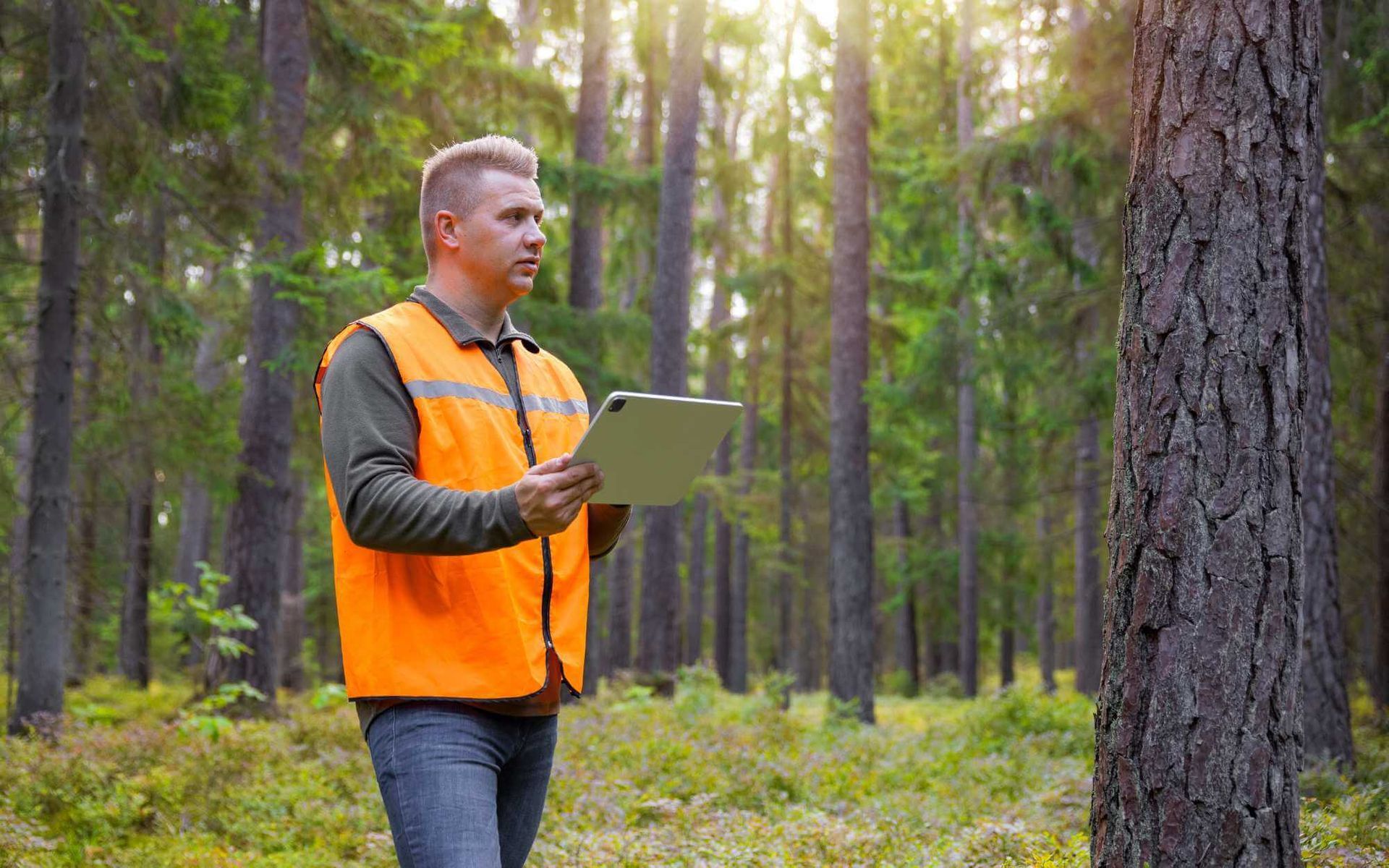
Certified arborists are the physicians of the tree world, equipped with specialized knowledge and skills to diagnose and treat any tree-related issues.
They understand the complex biology of trees, from their root system to the tips of their leaves, granting them a unique ability to identify symptoms of disease or stress. Their expertise isn't limited to a single tree species, but extends across a wide variety, each with unique needs and susceptibilities.
Arborists utilize a combination of visual inspection and advanced tools for tree risk assessments, ensuring comprehensive health checks. Their role is vital in keeping trees healthy and strong.
In-Depth Assessment Techniques
Arborists employ a variety of examination methods to assess tree health and provide an accurate tree risk assessment report:
- Visual Inspection: In the first line of tree risk assessment, arborists look for external signs of decay, disease, or infestation, such as discolored leaves, abnormal growths, or insect activity in the tree trunk.
- Root Collar Examination: This involves inspecting the base of the tree for signs of root disease or girdling tree roots, which can impact the tree's stability and nutrient uptake.
- Crown Inspection: Arborists analyze the tree canopy for deadwood, leaf discoloration, or uneven growth patterns, which can indicate health issues.
- Soil Analysis: As part of the tree assessment, arborists test the soil for proper pH levels, nutrient content, and drainage characteristics.
- Advanced Diagnostics: For deeper issues, arborists may use tools like resistographs or sonic tomographs to detect weakness in structural integrity that isn't visible to the naked eye.
Common Tree Health Issues
Sometimes, a tree poses a risk to property and people if its health is compromised. It faces a multitude of health issues, some of the most prevalent being diseases, pests, and environmental stressors.
Bacterial and fungal diseases can lead to discolored leaves, cankers, or even tree death. Pests such as the Emerald Ash Borer or the Asian Long-horned Beetle can cause extensive damage.
Finally, environmental stressors like drought, air pollution, or poor soil conditions can also significantly affect a tree's health.
Many of these issues are interrelated, forming a complex web of threats that can jeopardize the well-being of our trees.
Prevention and Treatment
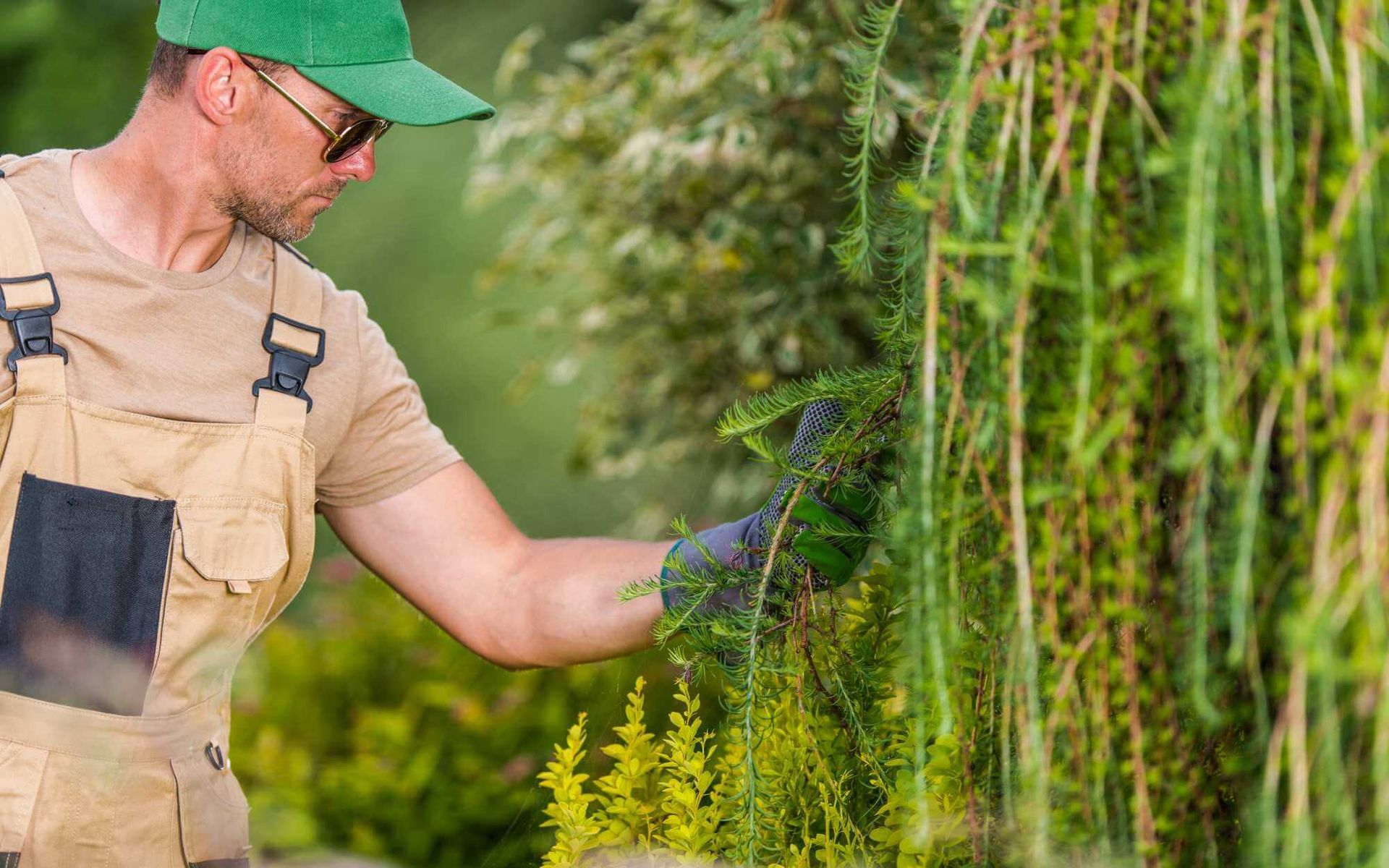
Prevention and treatment of tree health problems involve proactive measures and timely action. Regular pruning helps remove diseased or dead branches, reducing the risk of pest infestation and promoting overall tree health. Soil amendment can rectify poor soil conditions, providing an optimal growing environment.
In the case of disease or pest outbreaks, arborists may apply targeted treatments like bactericides, fungicides, or insecticides.
Furthermore, adopting an integrated pest management approach can be highly effective, combining cultural, biological, and chemical control methods to manage pest populations. In severe cases, tree removal might be the only viable solution to prevent the spread of disease or infestation.
Tree Health Unveiled
An in-depth tree health assessment by arborists is indispensable for safeguarding our environment, preserving ecological balance, and enriching our landscapes. Arborists play a crucial role in this endeavor, stretching their expertise to uncover health issues and implement effective solutions.
Let's do our part too - get your trees assessed by a professional arborist today, and contribute to creating a healthier, greener world. Schedule your tree health assessments now!
Want a free quote or some friendly advice? Call our team today:
